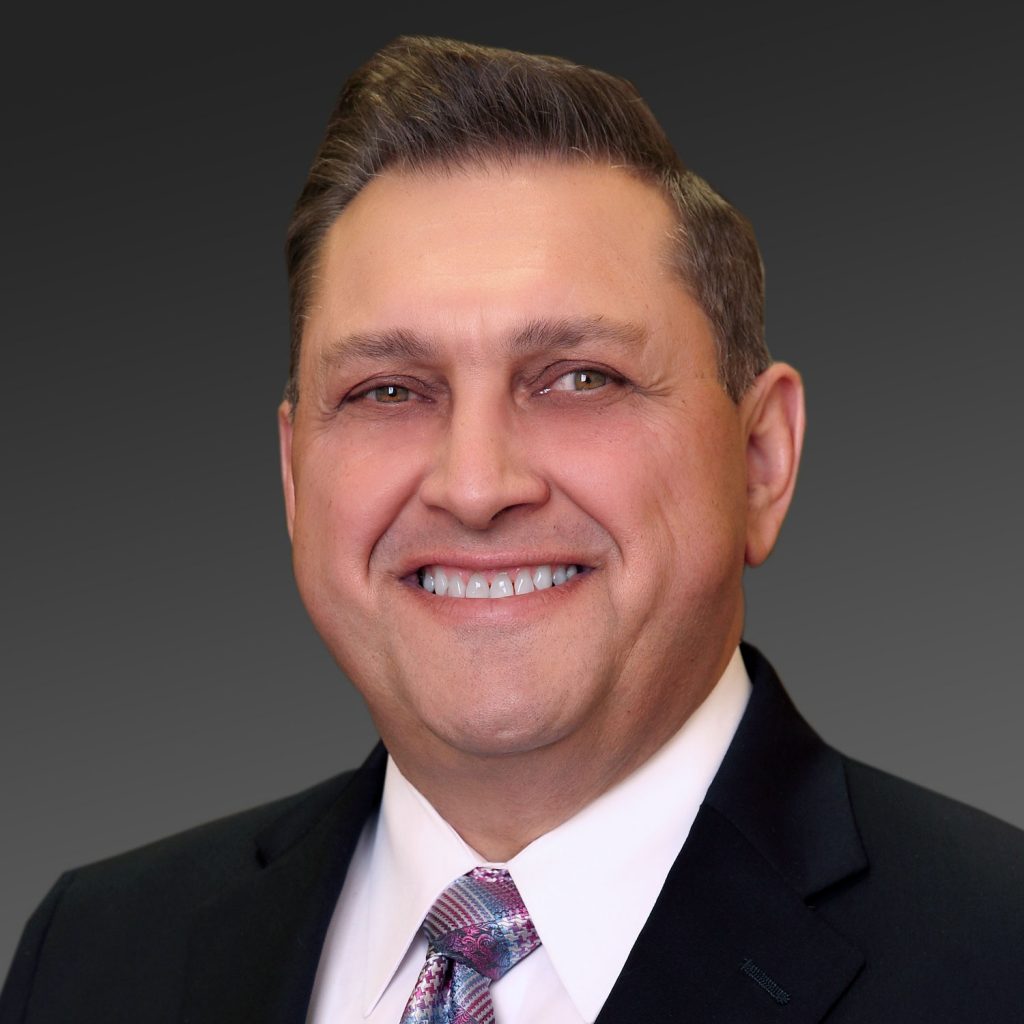by Mario Fucinari •
DC, APMP, CPCO •
Growing up as a child in Michigan, I remember fire drills, bomb threats, and tornado drills. In chiropractic college, I also remember learning CPR, what to do in case of a herniated disc, and even learning the diagnosis and protocols for stress fractures. Never have we undergone training for the scenario we are going through with the Novell Coronavirus, also known as COVID-19. It has become a realization that this is not a drill.
In mid-March, I was traveling back from teaching in Orlando. Disney Parks had just closed, and we were instructed by officials to wash our hands and use disinfectant on surfaces touched by the public. Within merely another three days, we were in total lockdown in Illinois and the 24-hour news cycle was warning us to “shelter in place.” A term previously only used for nuclear war, mass shootings, and hurricanes. To decrease panic, politicians preferred we use the phrase “shelter at home.” No matter what you call it, the phrase means the same; life as we know it will never be the same.
Business has been affected, resulting in offices either closing or on the brink of bankruptcy. FEMA statistics tell us that 40% of companies will never reopen, 90% will close within two years after a disaster, and 56% of businesses have no contingency plan. During a recent interview, Dr. Anthony Fauci gave encouragement by saying, “Now is the time, depending upon where you are and what your situation is, to begin to seriously look at reopening and get back to some degree of normal.”
Whether you are open, about to open, or still closed, you must have a vision not only how to ramp up your practice but have a clear sense of how your practice will be in the coming months, and yes, even in the coming years.
Although I am not a lawyer, my opinions stem from my research, CDC guidelines, Department of Public Health recommendations, and being a Certified Professional Compliance Officer, and a practitioner for 34 years. It may be advisable to consult your Board of Examiners, your malpractice carrier, professional state association, and maybe even a health care attorney before you resume business activities.
Step One: Have a Business Resumption Plan.
Gather your most trusted advisors, including family, staff, and consultants. A certified compliance consultant may give you insight into regulations and rules on such issues as discrimination practices, CDC guidelines, Occupational Safety and Health Administration (OSHA) guidelines, and most significantly, HIPAA. HIPAA and OSHA requirements require the formation of an Emergency Mode of Operations Plan, dealing with hazards.
Step Two: Have a Communication Plan
Communicate with your staff explaining your COVID – 19 clinic protocols. How is social distancing in your reception room, check-in, check-out, and treatment rooms going to look? What type of personal protection equipment (PPE) and cleaning policies and procedures will take place? No matter what phase of the business resumption plan you are in, you will have to adhere to CDC guidelines for such protocols as wearing a face covering, proper cleaning, and hand washing techniques.
Communicate with patients, referral sources, and vendors that you are not only open but what protocols you have put in place for appointment intervals and face coverings to be worn by all. What are your policies of what to do if you, your patients, or staff feel they may be sick? Leave no step in the procedures to chance. You are the captain of your ship and must guide everyone through the treacherous waters.
Consider signage posted on your front door for patients and vendors and anyone entering the office. In our office, we require masks to be worn by everyone; doctors, staff, patients, and even our mail carrier, before entering the office. Communicate the guidelines, rules, and regulations to your team. Sources for the instructions, policies, and procedures may include your state association classes, CDC guidelines, or your local department of public health. Post reminders in the office, break rooms, and work areas for personnel to adhere to sanitization and protection protocols you have set in place.
Step Three: Design the Office to Protect
CDC guidelines for healthcare settings recommend specific measures for reducing the spread of infection, including
- limiting face-to-face contact whenever possible,
- frequently washing hands with warm soap and water,
- using face coverings at all times,
- creating at least six feet of space between individuals when possible,
- placing curtains or partitions in the therapy or treatment areas, and
- routinely cleaning and disinfecting all surfaces and equipment, including tables, chair handrails, telephones, door handles, and light switches.
Assess if you need to change the design of your reception room or therapy area. We have removed chairs and placed them at least six feet apart. Tape on the floors shows patients where to stand when checking in and checking out. The days of the packed “waiting room” are long gone. You must not only talk the talk but show patients and staff that you are serious about their health. When updating patient information, encourage them to use a secure online email or portal to process their intake paperwork and payment, if possible (rather than having your staff run patient credit cards). Consider having intake forms available on your website to complete questionnaires and electronically sign documents. Finally, try to arrange for supply delivery people to use an alternate entrance so they can avoid entering the waiting area. How are vendors and delivery personnel to check-in at your office to make sure they are wearing PPE?
Step Four: Implement a Contingency Plan.
Experts are currently warning that the pandemic is not over. In fact, we may see a second wave as people begin to let their guard down and not follow face masks and hand washing recommendations. We have become accustomed to annual warnings of the coming cold and flu season. I am sure we will see continued signs this fall to take precautions for the cold, flu, and COVID season. As a healthcare provider, your contingency policies must cover protective strategies for you, your staff, and your patients. Face masks are here to stay. Why not make the most of it? Order custom cloth face masks with your clinic name and telephone number or website on the front. Everyone is looking at each other’s masks. It is the perfect marketing strategy in the evolution of adapting to the new world order.
Step Five: Document Everything
Documentation is the key to risk management. It is not only required for compliance but without it, you risk the backlash of possible litigation for negligence. Cases have been brought forth by employees of companies such as Target and Walmart, alleging that the employer did not adequately protect their staff against the COVID virus. When brought into question, your compliance manual will establish the record of your good faith effort to meet compliance. If you do not follow guidelines, when one of your staff or patients become infected, you may be accused of negligence.
Your documentation should include your policies (what you will do) and your procedures (step-by-step actions to accomplish the policy). After establishing and conducting training, make sure to document and have the staff and doctors sign an attestation of their knowledge of the policies and procedures.
It is no doubt that the Novell Coronavirus pandemic will shape our lives, activities, and memories for years to come. Proper preparation, accomplished by training and drills, will ultimately lead to success in the future. Although this is not a drill, action steps, training, and documentation are the key pillars of a positive outcome.
Dr. Mario Fucinari is a Certified Insurance Consultant, Certified Professional Compliance Officer, and a member of the Medicare Carrier Advisory Committee. Dr. Fucinari is also on the speaker’s bureau for ChiroHealthUSA, NCMIC, and Foot Levelers. If you wish to have him speak for your group, you can contact him or one of the speaker’s bureau for availability and class content. For the HIPAA Manual and Corporate Compliance manual or personal coaching on office procedures, you can check his website at www.Askmario.com. For further information, you may email him at Doc@Askmario.com.










 ▶︎
▶︎  Why is the Discount Challenge prize amount $15,024? Because that is the average “per-occurrence” fine for Medicare inducements. That’s not $15,024 per patient, that’s not per provider, that’s PER VISIT. Stinks, doesn’t it? To us, the prize amount is worth the investment if we can help our profession better understand proper discounting.
Why is the Discount Challenge prize amount $15,024? Because that is the average “per-occurrence” fine for Medicare inducements. That’s not $15,024 per patient, that’s not per provider, that’s PER VISIT. Stinks, doesn’t it? To us, the prize amount is worth the investment if we can help our profession better understand proper discounting.